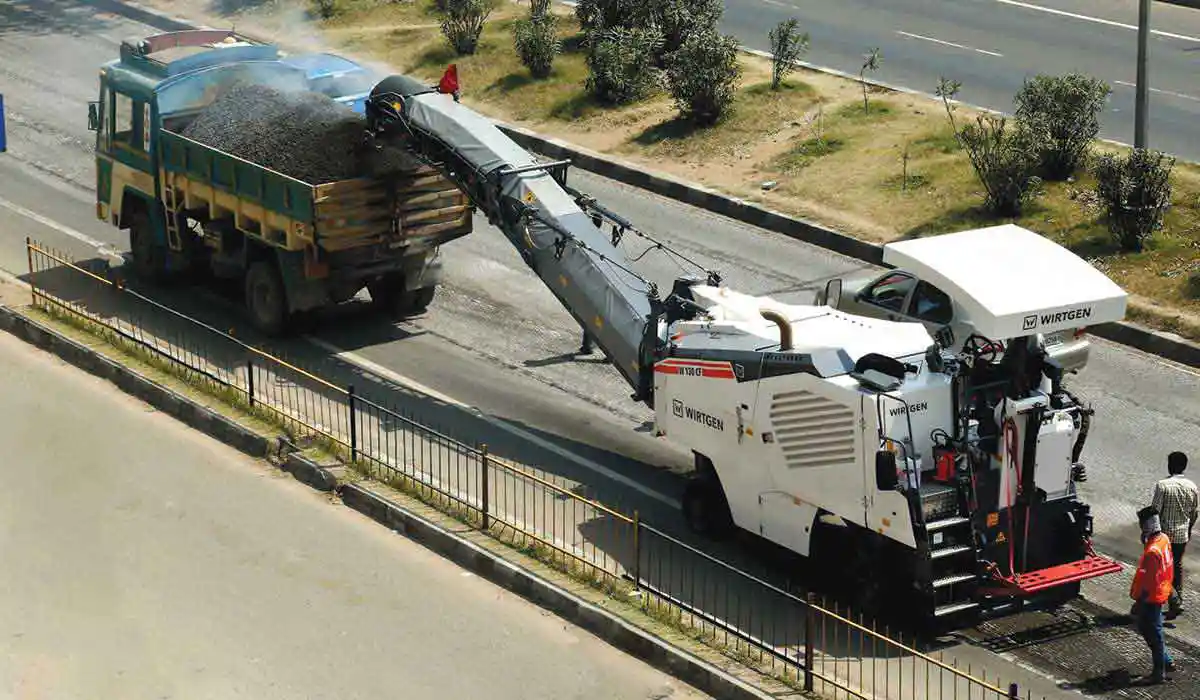Pavement milling, also known as cold planing or asphalt milling, is a process that involves grinding and taking off at least part of the existing surface. It can range from just the top layer of asphalt to full-depth removal. Professional contractors can use asphalt milling to repair various surface problems like cracks. These damages might lead to deeper structural issues if left unattended.
Reduced Environmental Impact
Pavement milling called cold planing, removes part or all of an asphalt surface. It uses a piece of construction equipment called a milling machine with rows of metal cutting teeth on a rotating drum, and it grinds up the existing pavement to remove the layer. The discarded pieces of asphalt are then collected and transported to be reused in another project. It allows road contractors to repair damage in the top layer of a paved surface without disturbing the sound underlying layer. It also helps them address unevenness, rutting, raveling, and bleeding.
In the field, the research team will review the current milling specifications, emphasizing selecting appropriate milling depths and parameters associated with equipment and construction operations. In-situ testing using a falling weight deflectometer or a portable seismic pavement analyzer will be conducted in each field study location before and after milling to evaluate stiffness changes in the remaining underlying layers.
Reduced Costs
If your paved surface needs repair, road milling can help you do the job quickly and at a lower cost. The process can even eliminate the need for tearing out and replacing the existing asphalt, saving you money and time. Pavement milling can help fix various issues, including unevenness and surface damage like rutting and raveling (where the aggregate and binder components separate). It also helps prevent bleeding when moisture rises to the pavement surface and compromises its integrity. Pavement milling can address drainage problems, which often cause ponding and erosion. It can also help prevent alligator cracking, which may indicate deeper structural issues such as a weak foundation or overloading. Unlike an overlay covering only the damaged pavement’s surface, milling removes and recycles the old material. It saves you the cost of purchasing new asphalt and reduces the amount of material that goes into the landfill.
Reduced Risk
Pavement milling is a process that improves the structural integrity of asphalt surfaces by addressing the issues that can cause damage to a road or driveway. Milling can manage surface problems, including unevenness, damage, rutting, traveling, and bleeding. By addressing these issues, pavement milling can help to reduce the risk of accidents and safety issues on your property. This process also makes repairing existing cracks, stains, and other surface issues much easier.
In addition, it can be used to repair drainage issues on asphalt surfaces. However, if your road has serious drainage problems caused by severe grading errors or flooding, these may require more extensive repairs than can be achieved through asphalt overlays. The pavement milling process can provide a better drainage solution without expensive excavations or new foundations. It will help keep your road or driveway in good condition for many years.
Recycled Asphalt
Asphalt milling is one of the best ways to recycle existing asphalt. The discarded asphalt chunks, called millings, are recycled back into the pavement surface as aggregate. It reduces huge waste and costs for companies and the environment. Choosing a company with the right equipment is important when milling your pavement. The milling machine penetrates the surface to the appropriate depth using a mandrel with many hardened teeth. Once the millings have been eliminated, they are gathered and taken to a processing facility. They’re ground into small pieces, heated, and mixed with other materials like sand, gravel, and binding agents to become reclaimed asphalt pavement (RAP). It is used as the base layer for new paving projects. It’s less expensive than mixing in completely new material and helps the environment by reducing landfill waste. It also helps to fix structural damages in the asphalt beneath that might otherwise go unaddressed.





